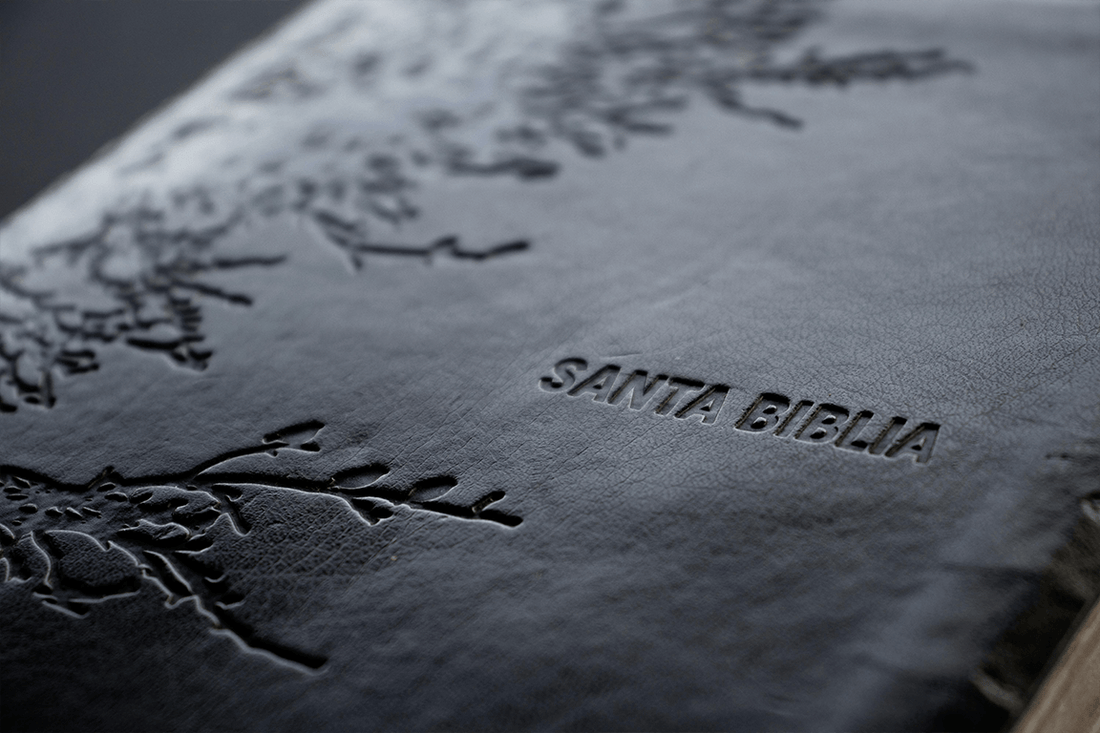
Embossing vs. Debossing: Elevating Print with Texture
Share
Reading Time: 3 minutes
In the realm of print design, the tactile allure of embossing and debossing adds a dimension that goes beyond the visual. These techniques, though similar in concept, create distinct effects that can transform a printed piece. Let's explore the nuances that set embossing and debossing apart and the artistic possibilities they bring to the world of print.
Embossing: Raising the Bar on Elegance
Embossing is a process that involves raising certain areas of a printed surface to create a three-dimensional effect. A metal die is used to press the paper or other printing material against a counter die, resulting in raised elements that stand out from the page. This technique adds texture, depth, and a touch of sophistication to any design.
Commonly used for logos, business cards, and invitations, embossing lends a tactile quality that not only looks visually appealing but also invites the sense of touch. It's a technique that conveys a sense of luxury and attention to detail, making it a popular choice for projects that seek to make a lasting impression.
Debossing: Sinking into Subtlety
On the flip side, debossing is the process of pressing certain areas of a printed surface down, creating a depressed or indented effect. Similar to embossing, debossing involves the use of metal dies and a counter die, but in this case, the result is recessed elements that add a subtle elegance to the printed piece.
Debossing is often chosen for its understated charm and is particularly effective when paired with thicker paper stocks. It creates a sense of depth and sophistication, making it an excellent choice for projects where a more subdued and tactile approach is desired.
Choosing the Right Technique
Whether to emboss or deboss depends on the desired visual and tactile impact. Embossing brings elements to the forefront, commanding attention and exuding a sense of luxury. On the other hand, debossing operates in a more subtle realm, adding a touch of sophistication through understated depth.
The choice between embossing and debossing ultimately depends on the project's goals and the aesthetic preferences of the designer or client. Both techniques open doors to a world where print becomes not just a visual experience but a tactile journey, inviting the audience to engage with the material on a deeper level.
In the end, whether raising elements for prominence or sinking them for subtlety, the world of embossing and debossing offers a rich tapestry of possibilities for those looking to elevate their print designs to new heights.
